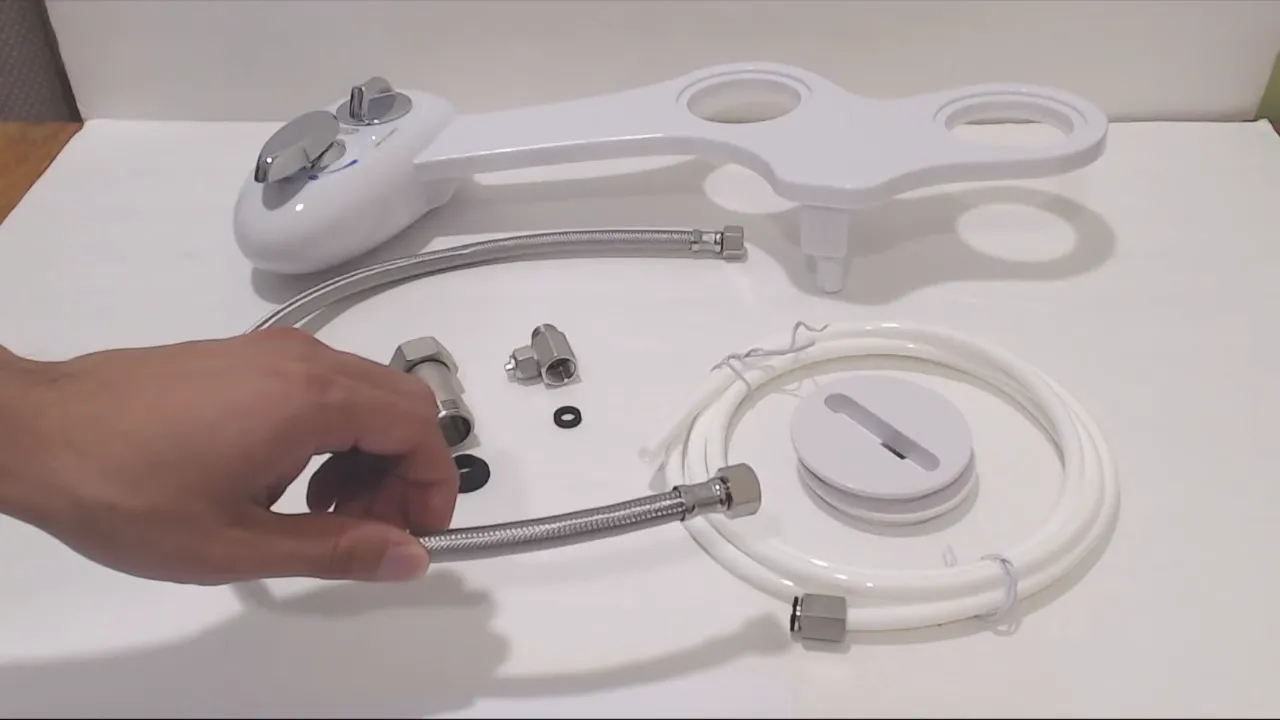To install a bidet with warm water, first, shut off the water supply to the toilet. Then, connect the warm water supply hose to the bidet and the water valve.
Understanding The Benefits Of Installing A Bidet With Warm Water
Installing a bidet with warm water in your bathroom is a smart decision that can revolutionize your personal hygiene routine. Not only does it enhance cleanliness, but it also has numerous other advantages that make it a worthwhile investment. In this section, we will explore the benefits of installing a bidet with warm water, so you can make an informed choice for your bathroom.
Bidets: An Introduction
Before we delve into the benefits, let’s start with a brief introduction to bidets. A bidet is a bathroom fixture designed to clean your private areas after using the toilet. It uses water, allowing for a more thorough and hygienic cleaning experience compared to using toilet paper alone. Traditional bidets were separate fixtures, but in recent years, bidet attachments have become increasingly popular due to their ease of installation and affordability.
The Advantages of Using Warm Water for Cleaning
While bidets with cold water are commonly available, opting for a bidet with warm water brings several advantages that can greatly enhance your overall experience. Let’s explore these advantages:
- Enhanced Comfort: Warm water provides a soothing and gentle sensation, unlike cold water, which can be a shock to your sensitive areas. The warm water helps relax your muscles and provides a spa-like experience in the comfort of your own bathroom.
- Effective Cleansing: Warm water effectively removes residue and bacteria, ensuring a thorough and hygienic cleaning experience. It helps to eliminate germs and reduces the risk of infections, particularly for individuals with sensitive skin or certain medical conditions.
- Pain Relief: For individuals experiencing hemorrhoids, anal fissures, or other related discomforts, warm water can provide significant relief. The gentle flow of warm water can help soothe inflammation and reduce pain, promoting a more comfortable and pleasant bathroom experience.
- Environmental Friendliness: Using a bidet with warm water reduces the dependency on toilet paper, which ultimately contributes to a more sustainable and eco-friendly lifestyle. By reducing paper consumption, you can help minimize deforestation and protect the environment for future generations.
By installing a bidet with warm water in your bathroom, you can enjoy these fantastic benefits and elevate your personal hygiene routine to a whole new level. Whether it’s the enhanced comfort, thorough cleansing, pain relief, or environmental friendliness, there are plenty of reasons why you should seriously consider investing in a bidet with warm water.
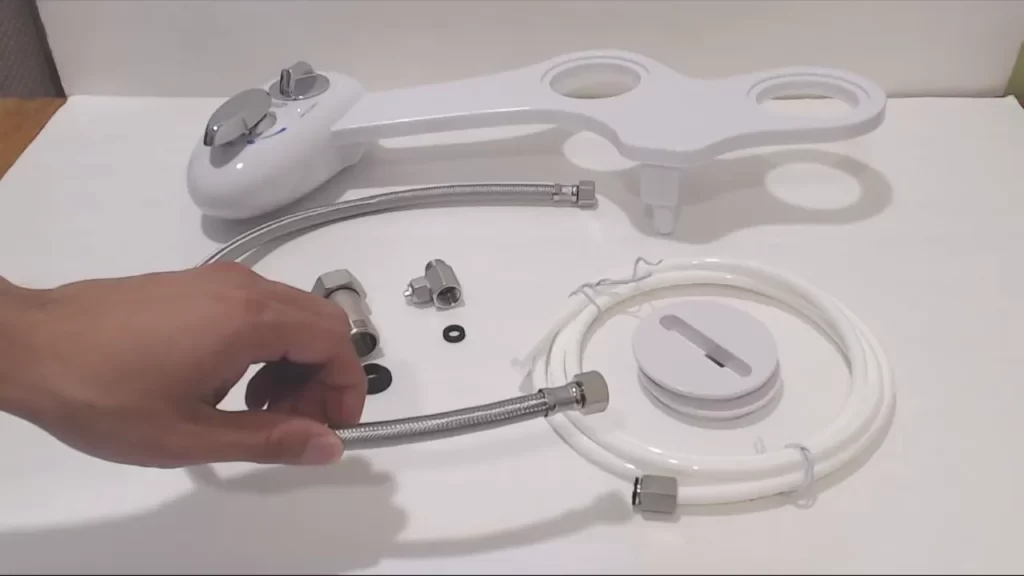
Choosing The Right Bidet System For Warm Water Installation
Installing a bidet with warm water can greatly enhance your bathroom experience, providing you with an extra level of comfort and cleanliness. However, when it comes to choosing the right bidet system for warm water installation, it’s important to consider your options carefully. In this article, we’ll discuss the differences between electric and non-electric bidets, as well as how to select the appropriate warm water bidet system for your needs.
Electric vs. Non-Electric Bidets
Before diving into the selection process, it’s essential to understand the distinction between electric and non-electric bidets. Electric bidets, as the name suggests, require an electrical connection to operate, while non-electric bidets do not. Each type has its advantages and disadvantages, so let’s explore them below:
Electric Bidets
Electric bidets offer a wide range of features and benefits. They often come with a remote control, allowing you to adjust the water temperature, pressure, and even the position of the nozzle. Some models also offer additional features like heated seats and air dryers. To install an electric bidet with warm water, you’ll need access to an electrical outlet near your toilet. While electric bidets may require a bit more effort to set up, their advanced functions and customization options make them a popular choice for those seeking the ultimate bidet experience.
Non-Electric Bidets
On the other hand, non-electric bidets are simpler in design and installation. These bidets rely on water pressure alone to provide the cleansing function. They are often operated using a control lever or dial on the side of the unit. While non-electric bidets may lack some of the bells and whistles of their electric counterparts, they are generally more cost-effective and easier to install. If you don’t have access to an electrical outlet in your bathroom or prefer a more straightforward bidet system, a non-electric bidet with warm water could be the perfect choice for you.
Selecting the Appropriate Warm Water Bidet System
When selecting the appropriate warm water bidet system, there are a few key factors to consider:
- Bathroom Setup: Assess your bathroom layout and determine if you have access to an electrical outlet near the toilet. This will help you determine whether an electric or non-electric bidet is more suitable for your needs.
- Budget: Determine your budget for the bidet system, considering both the initial cost and any potential long-term maintenance or electricity expenses.
- Desired Features: Consider the features you would like in a bidet, such as adjustable water temperature, pressure, and nozzle position. Evaluate whether an electric bidet with its advanced options or a non-electric bidet with simpler functionality aligns better with your preferences.
- Compatibility: Ensure that the bidet system you choose is compatible with your toilet bowl and plumbing setup. Some bidets are designed specifically for certain toilet types, so check the specifications to confirm compatibility.
By taking these factors into account when choosing a warm water bidet system, you’ll be able to make an informed decision that suits your needs and preferences. Whether you opt for an electric or non-electric bidet, the addition of warm water will undoubtedly elevate your bathroom experience to new levels of comfort and cleanliness.
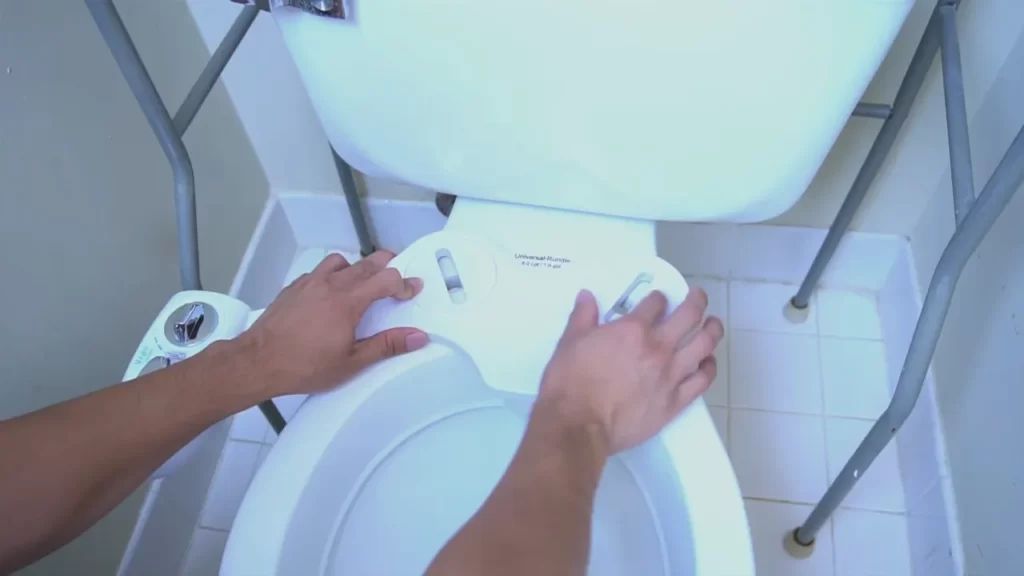
Step-By-Step Guide: Installing A Bidet With Warm Water
Installing a bidet with warm water can be a great addition to your bathroom, providing enhanced cleaning and comfort. In this step-by-step guide, we will walk you through the process of installing a bidet with warm water. By following these simple steps, you can have a luxurious bidet experience in no time.
H3: Preparing for Installation
Before you begin the installation process, it is essential to gather all the necessary tools and materials. This will ensure a smooth installation process and prevent any delays. Here are the tools and materials you will need:
- Adjustable wrench
- Plumbers tape
- Screwdriver
- Water supply line
- Bidet seat and attachments
- Warm water connection kit
H3: Shutting Off the Water Supply
Next, you need to shut off the water supply to the toilet. Locate the shut-off valve, usually located behind the toilet, and turn it clockwise to shut off the water flow. This will prevent any unwanted leaks or accidents during the installation process.
H3: Installing the Warm Water Connection
Now it’s time to install the warm water connection for your bidet. Begin by connecting the warm water supply line to the shut-off valve using an adjustable wrench. Make sure to use plumbers tape to securely seal the connection and prevent any leaks.
H3: Connecting the Bidet to the Water Supply
Once the warm water connection is in place, it’s time to connect the bidet to the water supply. Locate the water inlet on the bidet seat and attach the water supply line. Again, use an adjustable wrench to ensure a tight and secure connection.
H3: Adjusting Water Temperature and Pressure
After the bidet is connected to the water supply, you can now adjust the water temperature and pressure settings. This will allow you to customize your bidet experience to your desired comfort level. Refer to the manufacturer’s instructions for how to adjust these settings on your specific bidet model.
H3: Installing the Bidet Seat
Once the water supply is connected and adjusted, it’s time to install the bidet seat onto the toilet. Follow the manufacturer’s instructions to properly align the seat and secure it in place. Use the provided hardware and a screwdriver to ensure a sturdy installation.
H3: Attaching the Seat to the Toilet
After securing the bidet seat, it’s important to properly attach it to the toilet. This will ensure stability and prevent any shifting or movement during use. Follow the manufacturer’s instructions to attach the bidet seat to the toilet using the provided brackets or screws.
H3: Securing the Plumbing Connections
Once the bidet seat is securely attached, it’s time to double-check all the plumbing connections. Make sure everything is tightly sealed and there are no leaks. Use an adjustable wrench to tighten any loose connections if necessary.
H3: Testing the Bidet’s Functionality
Now that everything is installed and secured, it’s time to test the bidet’s functionality. Turn on the water supply and test both the warm and cold water settings. Check if the water pressure and temperature are as desired. Adjust as needed.
H3: Checking for Leaks and Proper Operation
Finally, check for any leaks or drips around the plumbing connections and the bidet itself. Run the bidet for a few minutes to ensure proper functionality. If you notice any leaks or issues, tighten the connections or consult a professional plumber for assistance.
That’s it! You have successfully installed a bidet with warm water. Enjoy the enhanced cleanliness and comfort this new addition brings to your bathroom routine.
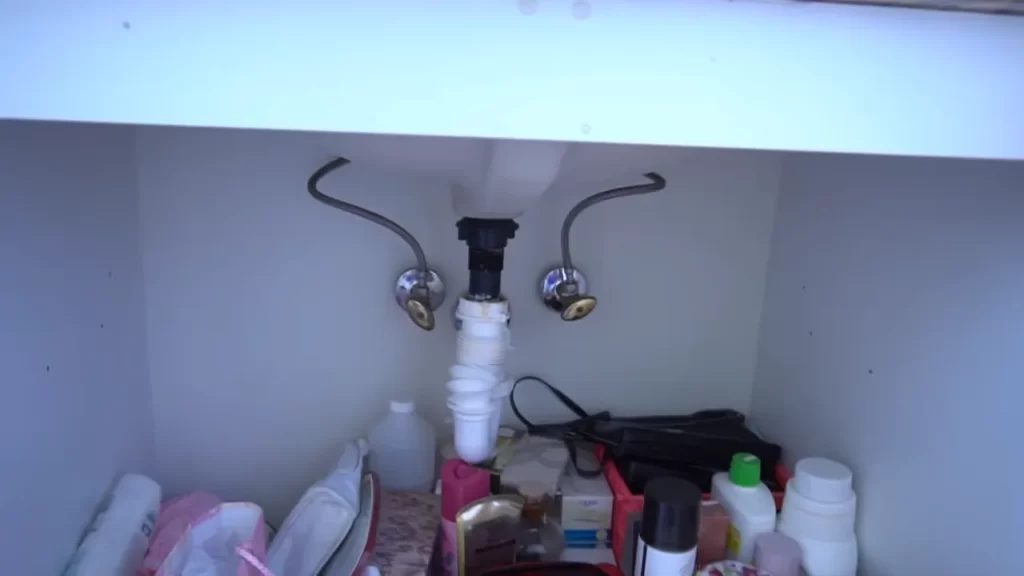
Troubleshooting Common Issues With Warm Water Bidet Installation
Installing a bidet with warm water can provide an extra level of comfort and cleanliness to your bathroom routine. However, like any plumbing installation, you may encounter some common issues along the way. In this section, we’ll discuss the troubleshooting steps you can take to address these issues and ensure that your warm water bidet is working properly.
Addressing Water Temperature Problems
If you’re experiencing water temperature problems with your warm water bidet, there are a few potential causes to consider. First, it’s important to check the temperature control valve, which regulates the flow of warm water. Adjusting this valve can help you achieve the desired water temperature. Additionally, it’s worth checking the water heater for blockages that may be affecting the water temperature. Ensure that the water heater is set to an appropriate temperature to provide warm water for your bidet.
Adjusting the Temperature Control Valve
The temperature control valve is a crucial component in maintaining the desired water temperature for your bidet. If you find that the water is too hot or too cold, it may be necessary to adjust this valve. Consult the manufacturer’s instructions to locate the temperature control valve and make the necessary adjustments. Be sure to test the water temperature after making any changes to ensure it meets your preferences.
Checking for Blockages in the Water Heater
Blockages in the water heater can also lead to water temperature problems with your bidet. To check for blockages, turn off the water supply to the heater and drain any excess water. Inspect the heater for any debris or sediment that may be blocking the flow of water. If you find any blockages, clean or remove them to restore proper water flow and temperature.
Troubleshooting Water Pressure Issues
If you’re experiencing low water pressure with your warm water bidet, there are a few steps you can take to troubleshoot the issue. First, check for debris in the plumbing lines. Sediment and debris can accumulate over time and restrict water flow. If you find any blockages, clean them out to improve water pressure. Additionally, it may be necessary to adjust the water pressure regulator if it’s set too low. Consult the manufacturer’s instructions to locate and adjust the regulator as needed.
Checking for Debris in the Plumbing Lines
Debris in the plumbing lines can significantly impact water pressure, affecting the performance of your warm water bidet. Inspect the plumbing lines for any sediment or debris that may be causing blockages. If you find any, clean them out to restore proper water flow and pressure. Regularly cleaning the lines can help prevent future blockages and ensure optimal performance of your bidet.
Adjusting the Water Pressure Regulator
The water pressure regulator plays a crucial role in maintaining adequate water pressure for your bidet. If you’re experiencing low water pressure, it may be necessary to adjust the regulator. Consult the manufacturer’s instructions to locate the regulator and adjust it to the desired pressure level. Testing the water pressure after making adjustments will help ensure optimal performance of your bidet.
Dealing with Leaks and Seal Problems
If you notice leaks or seal problems with your warm water bidet, it’s important to address them promptly to prevent further damage and water wastage. Inspect all connections for any signs of leakage and tighten them as necessary. Additionally, faulty seals or O-rings can cause leaks, so it may be necessary to replace them. Refer to the manufacturer’s instructions or contact customer support for guidance on replacing faulty seals or O-rings.
Inspecting and Tightening Connections
Regularly inspecting and tightening connections is essential to maintain the proper functioning of your warm water bidet. Loose connections can lead to leaks and reduced performance. Take the time to ensure all connections are tightened securely, checking regularly for any signs of leakage or loosening.
Replacing Faulty Seals or O-rings
If you have identified faulty seals or O-rings during your inspection, it’s important to replace them promptly. Faulty seals can lead to leaks and other problems with your bidet. Consult the manufacturer’s instructions or reach out to customer support for guidance on the replacement process. Be sure to use the correct size and type of seal or O-ring to ensure proper functionality and prevent future leaks.
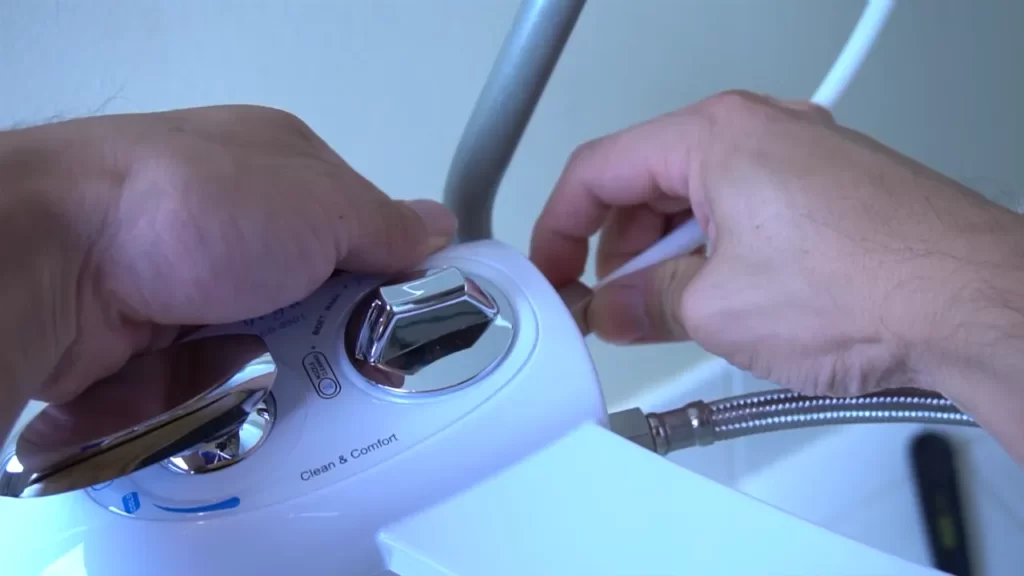
Maintenance And Cleaning Tips For Warm Water Bidets
Maintenance and Cleaning Tips for Warm Water Bidets
Installing a bidet with warm water provides many benefits, including improved hygiene and comfort. However, it is essential to maintain and clean your bidet regularly to ensure optimal performance. In this section, we will discuss some maintenance and cleaning tips for your warm water bidet.
Regular Cleaning and Sanitization Practices
To keep your warm water bidet clean and free from bacteria, it is crucial to establish a regular cleaning routine. Here are some cleaning practices to follow:
- Wipe the surface of your bidet with a soft cloth or sponge after each use to remove any residue.
- Use a mild detergent or disinfectant specifically designed for bidets to clean the surface thoroughly. Avoid using harsh chemicals that could damage the bidet’s components.
- Rinse the bidet with warm water after cleaning to remove any remaining cleaning products.
Cleaning the Nozzle and Spray Wand
The nozzle and spray wand of your warm water bidet should also be cleaned regularly to prevent clogs and ensure proper functioning. Follow these steps:
- Detach the nozzle or spray wand from the bidet according to the manufacturer’s instructions.
- Soak the nozzle or spray wand in a mixture of warm water and mild detergent for a few minutes.
- Scrub the nozzle or spray wand gently with a soft brush to remove any buildup or debris.
- Rinse the nozzle or spray wand thoroughly with clean water and reattach it to the bidet.
Dealing with Hard Water Buildup
If you live in an area with hard water, mineral deposits may accumulate over time and affect the performance of your warm water bidet. Here’s how to address hard water buildup:
- Regularly clean the bidet’s water reservoir and tank to remove any mineral deposits.
- Use a descaling agent specifically designed for bidets to dissolve and eliminate limescale.
- Consider installing a water softener or filter to reduce the impact of hard water on your bidet.
Routine Maintenance for Optimal Performance
To ensure that your warm water bidet continues to function optimally, regular maintenance is essential. Some maintenance tasks to perform include:
- Check and replace filters as recommended by the manufacturer. This helps maintain water quality and prevent clogs.
- Inspect the bidet for any mechanical issues, such as leaks or loose connections. Address these problems promptly to avoid further damage.
By following these maintenance and cleaning tips, you can keep your warm water bidet in excellent condition and enjoy its benefits for years to come.
Frequently Asked Questions
How Do I Get Warm Water To My Bidet?
To get warm water to your bidet, you can connect it to your home’s hot water supply. This can be done by hiring a professional plumber to install a T-connector, which will allow you to divert some hot water to your bidet.
Can You Use Hot Water With A Bidet?
Yes, you can use hot water with a bidet. The bidet has temperature controls to adjust the water according to your preference. It provides a soothing and comfortable cleansing experience. Enjoy the benefits of warm water for a refreshing clean.
Can You Install A Bidet Without A Hot Water Line?
Yes, a bidet can be installed without a hot water line, but it will only provide cold water for cleaning.
Do Warm Water Bidets Need Electricity?
Warm water bidets do not necessarily require electricity. Some models connect directly to the hot water supply line, while others use an integrated heating system.
Conclusion
With the step-by-step guide provided in this blog post, installing a bidet with warm water has never been easier. By following the simple instructions, you can upgrade your bathroom experience and enjoy the benefits of a bidet’s gentle and hygienic cleansing.
Remember, proper installation is key, so take your time and refer back to this post as needed. Say goodbye to traditional toilet paper and hello to a more refreshing and environmentally friendly solution. Your bathroom routine will never be the same again.
